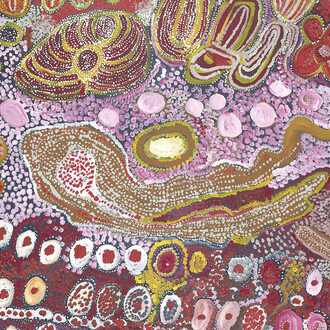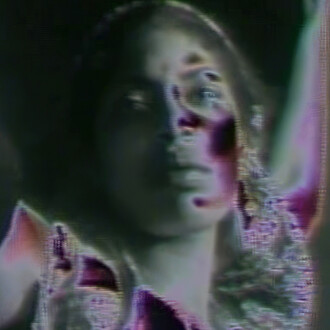Verrocchio: Sculptor and Painter of Renaissance Florence is the first-ever monographic exhibition in the United States on Andrea del Verrocchio (c. 1435–1488), the innovative artist, painter, sculptor, and teacher whose pupils included Leonardo da Vinci, Pietro Perugino, and likely Sandro Botticelli as well. The exhibition examines the wealth and breadth of Verrocchio's extraordinary artistry by bringing together some 50 of his masterpieces in painting, sculpture, and drawing that allow viewers to appreciate how his work in each art form stimulated creativity in the others. Groundbreaking technical research explores Verrocchio's materials and techniques, offering revelations about his artistic choices. Several carefully argued new attributions in different media are proposed in the exhibition. The National Gallery of Art is the sole American venue for the exhibition. A fully illustrated catalog accompanies this landmark exhibition.
The exhibition is curated by Andrew Butterfield, President of Andrew Butterfield Fine Arts, whose monograph The Sculptures of Andrea del Verrocchio (Yale University Press, 1997) won the prestigious Mitchell prize. Collaborators include Gretchen A. Hirschauer, associate curator of Italian and Spanish painting, and Alison Luchs, curator of early European sculpture—both from the National Gallery of Art, Washington; and Lorenza Melli, curator of the Corpus of Italian Drawings 1300–1500/Rome-Munich-Florence, based at the Kunsthistorisches Institut/Max-Planck Institut, Florence. The exhibition was conceived by the late Eleonora Luciano (1963–2017), associate curator of sculpture and decorative arts, National Gallery of Art, and is dedicated to her memory.
Technical research for the exhibition was realized by Gallery conservators Dylan Smith, Robert H. Smith Research Conservator in the department of object conservation, and Elizabeth Walmsley, senior painting conservator, and Gallery scientist John K. Delaney, senior imaging scientist in the scientific research department.
















